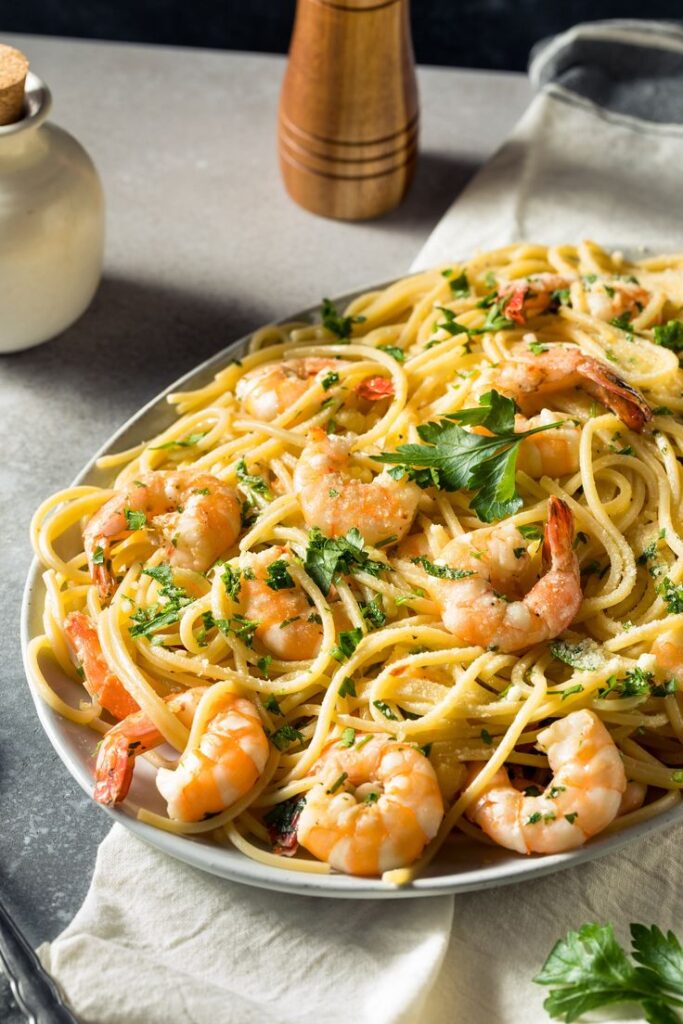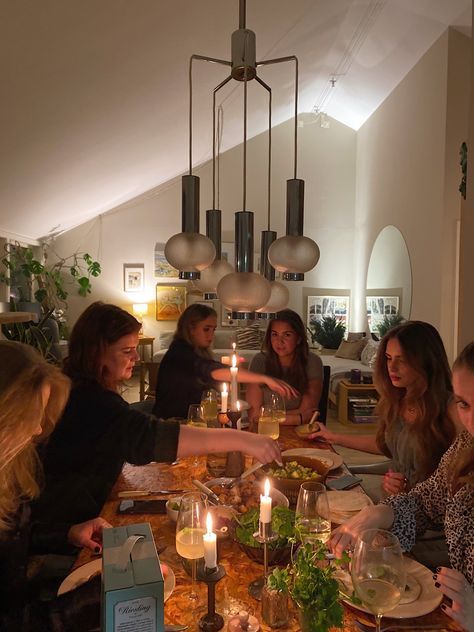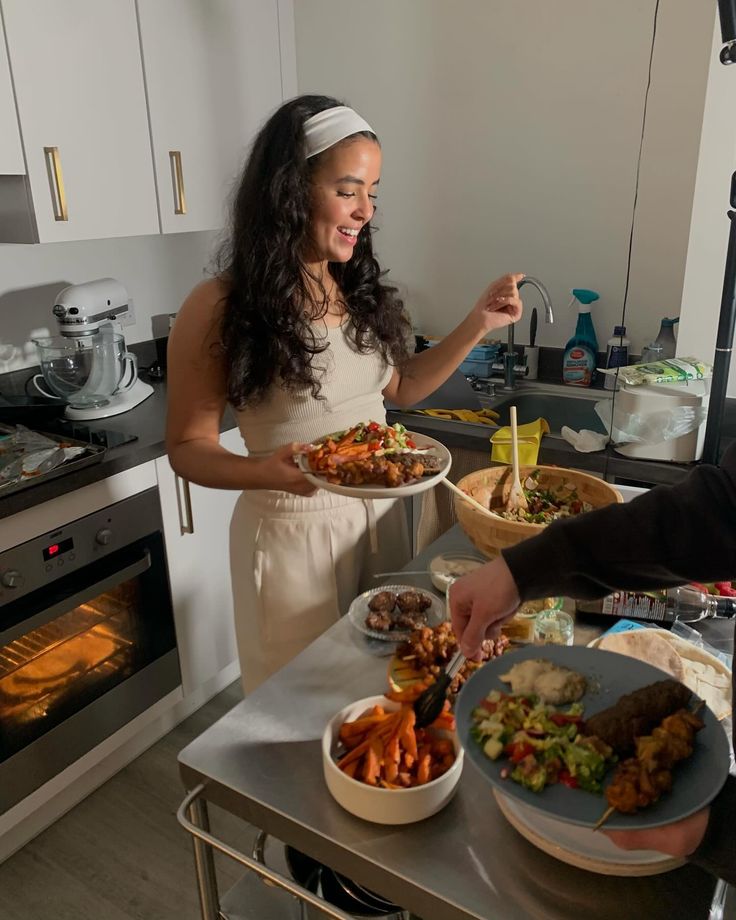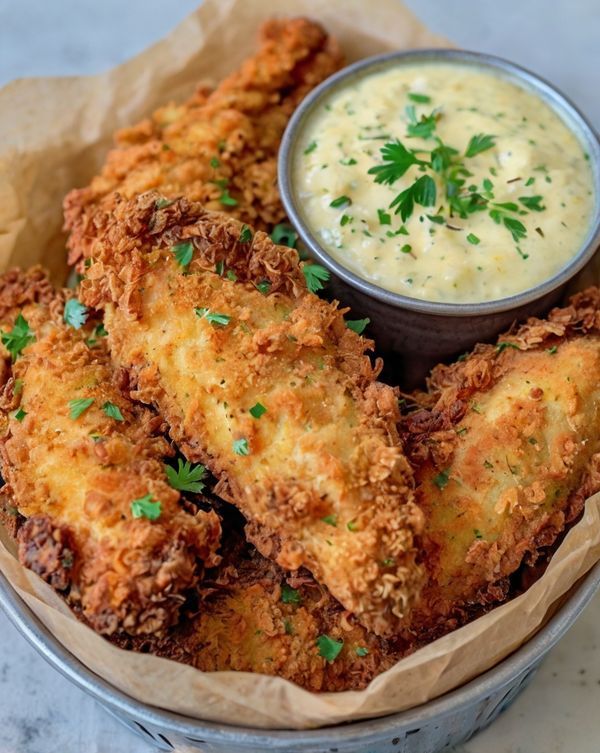Cooking at home offers a unique blend of creativity, convenience, and cost-effectiveness. It empowers you to take control of your meals, allowing for healthier choices and experimentation in the kitchen. This journey not only enhances your culinary skills but also transforms your relationship with food.
Engaging in home cooking can be both rewarding and enjoyable. You have the opportunity to explore various techniques and develop recipes tailored to your taste. Whether you are a novice or an experienced cook, the kitchen is a space where you can express yourself and savor the process.
Getting started may require some basic knowledge of cooking fundamentals, but you’ll quickly find that practice leads to improvement. Understanding various methods and experimenting with flavors will elevate your dishes. Enjoy the process of creating delicious meals that can bring friends and family together.



Key Takeaways
- Cooking at home allows for healthier meal choices.
- Experimenting with techniques can enhance your culinary skills.
- Personalizing recipes fosters creativity in the kitchen.
Fundamentals of Cooking at Home
Cooking at home involves understanding how to set up your kitchen effectively and knowing the essential flavors that make dishes enjoyable. Mastering these fundamentals will enhance your culinary experience.
Kitchen Setup and Essential Equipment
A well-organized kitchen is crucial for efficient cooking. Start with basic equipment:
- Knives: Invest in a chef’s knife, paring knife, and serrated knife for various tasks.
- Cookware: Have a selection of pots, pans, and baking sheets. Non-stick and stainless-steel options are versatile.
- Measuring Tools: Accurate measurement cups and spoons are essential for baking and precise cooking.
- Utensils: Tongs, spatulas, and ladles will help in food preparation and serving.
Make sure your kitchen has adequate storage space and an organized layout. Keep frequently used items within reach for a smoother cooking process. A clean and tidy environment enhances focus and creativity.
Understanding Flavors and Seasonings
Knowing how to balance flavors is key to delicious home-cooked meals. Start with the basics of seasoning:
- Salt: Enhances the natural flavors of ingredients and is critical in cooking.
- Pepper: Adds heat and depth. Freshly ground black pepper offers a robust flavor.
- Herbs and Spices: Fresh herbs like basil and parsley elevate dishes. Common spices include garlic powder, paprika, and cumin.
Experiment with flavor combinations to discover what you enjoy. Use umami-rich ingredients like soy sauce, tomatoes, and mushrooms to deepen taste. Taste as you cook to achieve your desired flavor balance. Understanding these elements will lead you to create dishes that evoke the “taste of home.”



Cooking Techniques and Methods
Focusing on various cooking techniques allows you to enhance your culinary skills effectively. Mastering these methods can elevate your home-cooked meals and impress your guests.
Braising Basics for Beef Bourguignon
Braising is a key technique in preparing Beef Bourguignon, a classic French dish. Start by seasoning your beef chunks with salt and pepper, then sear them in a heavy pot until browned. This step builds rich flavor.
While braising focuses on slow cooking with liquid, other preservation techniques like how to cure beef jerky, rely on drying and curing to enhance flavor and shelf life.
Add aromatic vegetables, such as onions, carrots, and mushrooms. Pour in quality red wine and beef broth, ensuring the meat is mostly submerged. Cover the pot and cook on low heat for several hours. This slow cooking allows the connective tissues to break down, producing tender meat.
Finish the dish with fresh herbs like thyme and a touch of butter for richness. Serve with crusty bread or over egg noodles to soak up the sauce.



Perfecting the Art of the Pot Roast
A pot roast is another comforting favorite that utilizes the roasting method. Begin with a well-marbled cut of beef, such as chuck roast. Sear it in a hot Dutch oven to create a flavorful crust.
Once browned, remove the meat and sauté onions, garlic, and carrots. Return the roast to the pot, adding beef stock, bay leaves, and thyme. Cover tightly and cook in the oven at a low temperature for several hours.
This method allows the flavors to meld and the meat to become tender. A proper pot roast can be served with the vegetables and some of the cooking liquid as gravy, creating a satisfying meal.
Mastering Quick & Easy Meals: Shrimp Scampi
Shrimp scampi is a swift and elegant dish that highlights the sautéing technique. Begin by heating olive oil and butter in a skillet. Add minced garlic and cook until fragrant without burning.
Introduce fresh shrimp to the skillet, cooking them until they turn pink. This should take about 2-3 minutes. Deglaze the pan with white wine, allowing it to reduce slightly while adding a splash of lemon juice for brightness.
Finish with chopped parsley, and serve over cooked pasta or with crusty bread. This dish is quick to prepare, making it ideal for busy nights yet impressive enough for guests.



Recipe Development and Creativity
Creating delicious and unique meals at home requires both experimentation and a personalized approach. By setting up a test kitchen and allowing yourself to innovate, you can evolve your cooking skills and enjoy the process.
Creating Your Own Test Kitchen
Establishing a test kitchen at home opens up endless possibilities for culinary exploration. Here’s how to set one up effectively:
- Dedicated Space: Find a corner in your kitchen where you can focus on experimenting without distractions.
- Essential Tools: Invest in quality utensils, measuring cups, and mixing bowls. These will enhance precision in your cooking.
- Ingredients on Hand: Stock your pantry with a variety of spices, oils, and staples to encourage creativity at any moment.
Make this space comfortable and inspiring. Display cookbooks or food photography to spark your ideas. A well-organized test kitchen can be the foundation for successful recipe development.
Experimentation and Personalization of Recipes
Don’t hesitate to modify existing recipes to suit your taste. Consider the following methods for experimentation:
- Substitutions: Replace ingredients with alternatives. For example, swap out sour cream for Greek yogurt to modify texture and flavor.
- Herbs and Spices: Use fresh herbs or unique spices to create depth in your dishes. Experiment with quantities to find your ideal balance.
- Cooking Techniques: Try different methods like grilling instead of baking. This can significantly change the taste and texture of your meal.
Focus on what resonates with your palate. Document your tweaks in a notebook, noting what works and what doesn’t. This personalized approach not only enhances your cooking but also makes it more enjoyable.
- 525shares
- Facebook0
- Pinterest525
- Twitter0
- Reddit0













